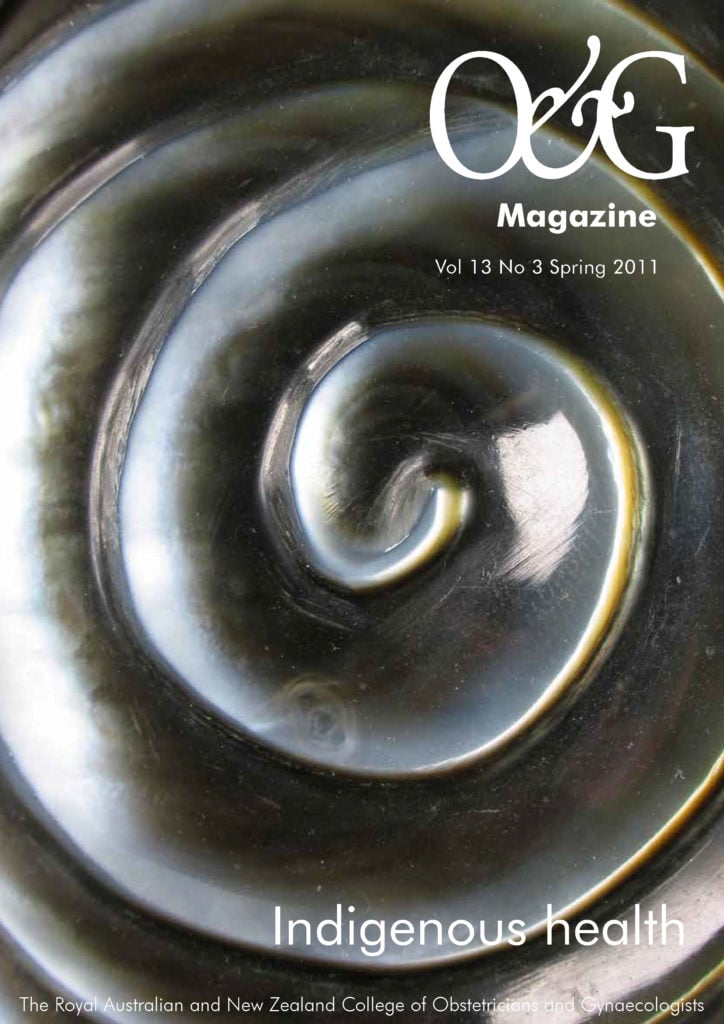Improving family planning for Aboriginal and Torres Strait Islander women – ideas, directions and a useful conceptual model.
When I was asked to present at the 2011 RANZCOG Indigenous Women’s Health Conference on the topic of family planning, it was with some hesitation that I accepted. The brief was family planning for Aboriginal and Torres Strait Islander women, particularly those in rural and remote communities in Queensland. What are the issues, what are the gaps? What could we do better? Despite the availability of a range of effective methods of contraception, what do we know or sense about the unmet need? The discussion that follows is broad: it offers a framework of family planning that Aboriginal and Torres Strait Islander communities, their organisations and service providers can perhaps draw from.
Too often, the topic of family planning is assumed to be limited to a discussion about the provision of a range of contraceptive methods. It is easy for service planners to focus on these technologies, the drugs and the devices, the service interface that provides the means for preventing unwanted pregnancy. The problem with just this perspective, however, is that it overlooks the human factor, the reality of human lives. As the saying has it: most accidents are caused by humans and most humans are accidents. It is also said (although it is hard to know who to ascribe this reference to) that humans are the only species that have sex for non-procreational purposes, in other words, for pleasure!
Globally, many countries have family-planning programs, the foundations of which may be any or all of the following objectives:
- Population control.
- Maternal and child health improvements.
- Reproductive rights of individuals.
- Economic/education advancement for women and communities.
- Empowerment of women as individuals.
Australia invests very little in family planning and, ironically, at a time where developing nations are now taking a broader view encompassing women’s needs and rights (in addition to previous population-control and public-health perspectives), women’s reproductive healthcare has seemingly vanished from our Australian policy landscape entirely. Closing the gap has many challenges, but could do well to specifically include family planning as one cornerstone for child and maternal health improvements and women’s economic and educational advancement.
There is still important work to be done generally in ensuring quality contraception provision in Australia, particularly addressing access issues for Aboriginal and Torres Strait Islander women, young people, and those in rural and remote communities. Quality contraception service provision:





Leave a Reply